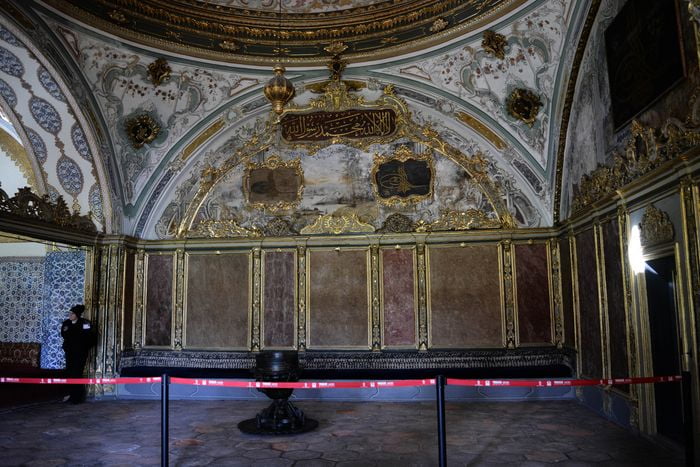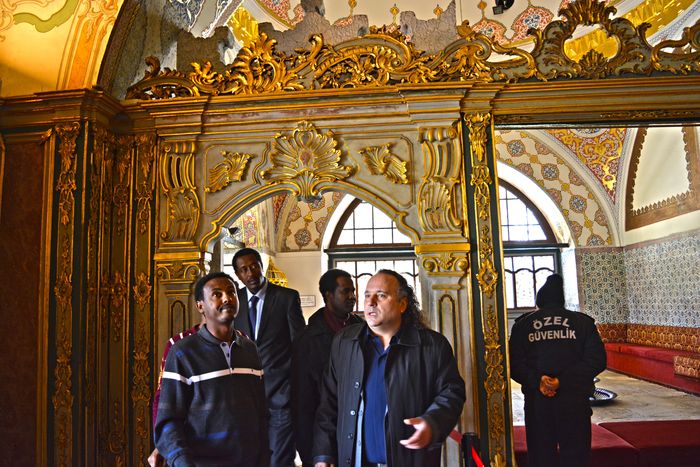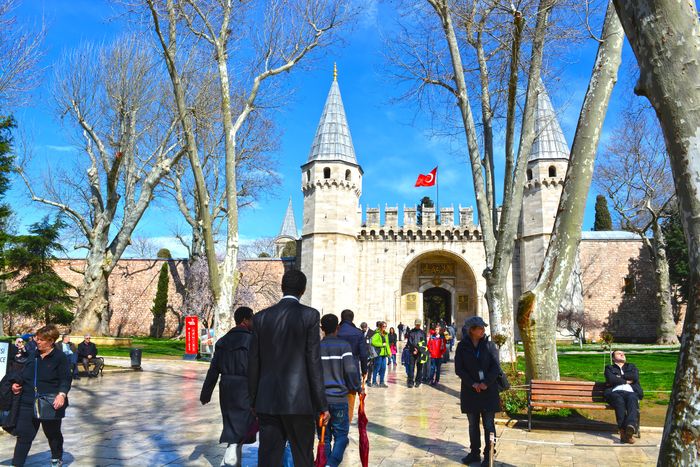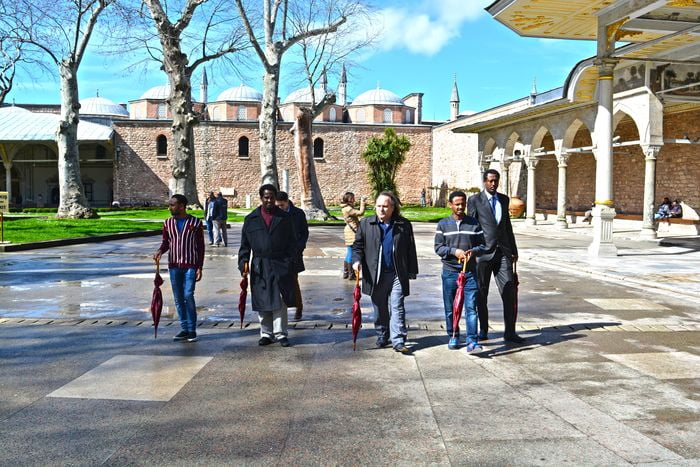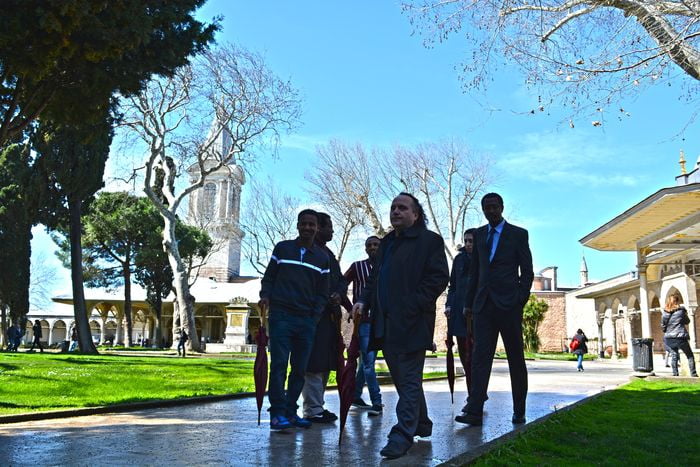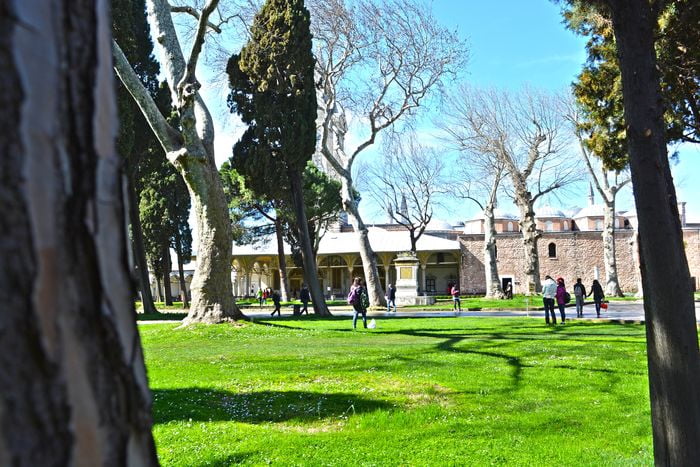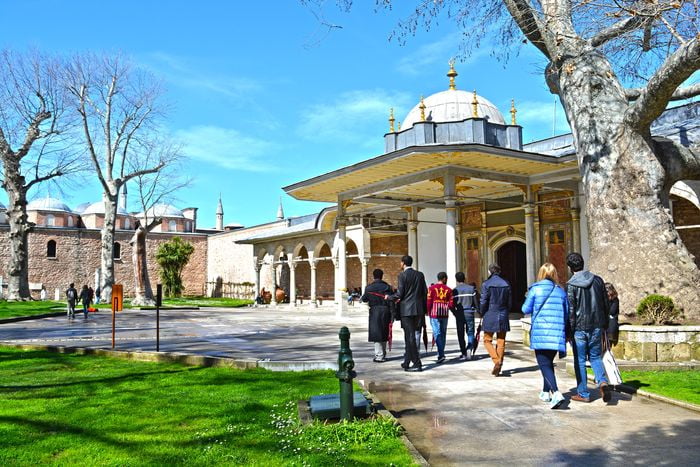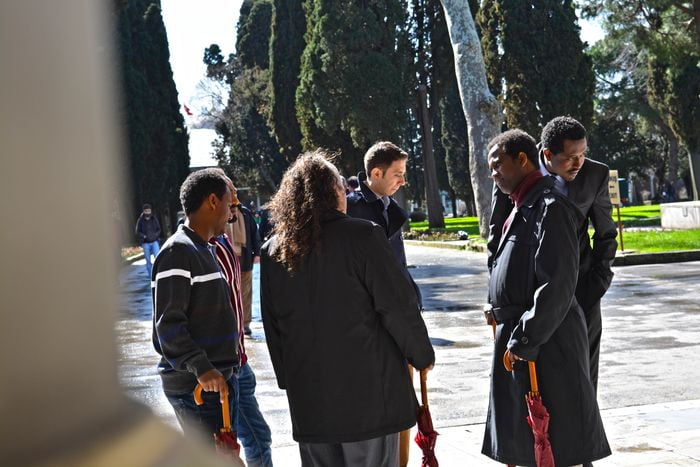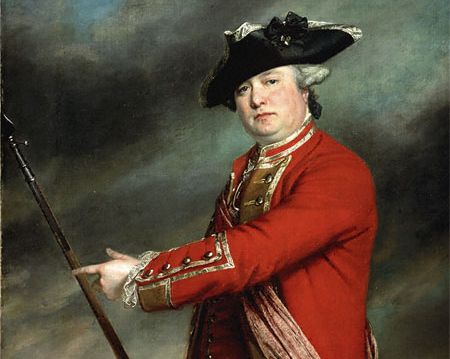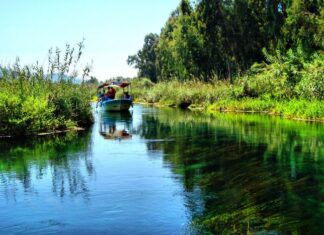Saksagan
Apologia of St John Damascene Against those who Decry Holy Images Part 66
Throwing myself on the ground, and worshipping that holy floor, I came out, and went to her who had promised to be my security....
Apologia of St John Damascene Against those who Decry Holy Images Part 67
As then Christ armed his Apostles against the ancient idolatry with the power of the Holy Spirit, and sent them out into all the...
Apologia of St John Damascene Against those who Decry Holy Images Part 68
Those fall into the same blasphemy who venerate the image, and the same woe rests upon both, because they err with Arius, Dioscorus, and...
Apologia of St John Damascene Against those who Decry Holy Images Part 64
Jerome, Priest of Jerusalem, On The Holy Trinity.
As the Scripture nowhere enjoins you to worship the Cross, what makes you adore it? Tell us,...
Apologia of St John Damascene Against those who Decry Holy Images Part 70
Supported by the Holy Scriptures and the Fathers, we declare unanimously, in the name of the Holy Trinity, that there shall be rejected and...
Apologia of St John Damascene Against those who Decry Holy Images Part 71
(5) If anyone does not confess that the flesh of the Lord is life-giving because it is the flesh of the Word of God,...
Apologia of St John Damascene Against those who Decry Holy Images Part 72
(18) If anyone denies the resurrection of the dead, and the judgment, and the condign retribution to everyone, endless torment and endless bliss, etc....
Apologia of St John Damascene Against those who Decry Holy Images Part 73
The Emperor, after the death of the Patriarch Anastasius (A.D. 753), summoned the bishops of his Empire to a great synod in the palace...
Apologia of St John Damascene Against those who Decry Holy Images Part 74
Monasteries were destroyed, made into barracks, or secularized. Lachanodraco, governor of the Thracian Theme, seems to have exceeded Copronymus in his ribaldry and injustice....
Apologia of St John Damascene Against those who Decry Holy Images Part 75
Tarasius, the new Patriarch of Constantinople and a supporter of images, succeeded, after overcoming much difficulty, and especially distrust in Rome and the East,...

